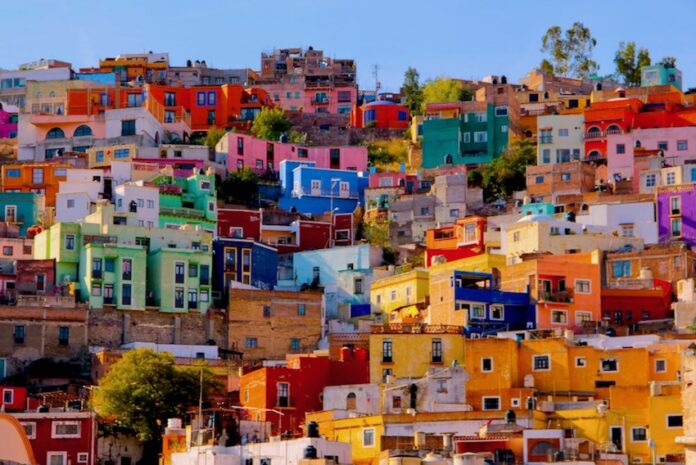In 2005, when my husband and I bought an old adobe house in Guanajuato’s city center, I assumed we’d retire here as soon as possible. But life got in the way. I relished my consulting and training business, which at that time required being in California in person.
Nor was it just about work. In Eureka, where Barry and I live, the apartment we rent is only a block from a bay, where we explore its eddies, sloughs, pylons and marinas, me on my paddleboard, he on his kayak. Plus, we love the outings we take in our camper van throughout northern California and southern Oregon.
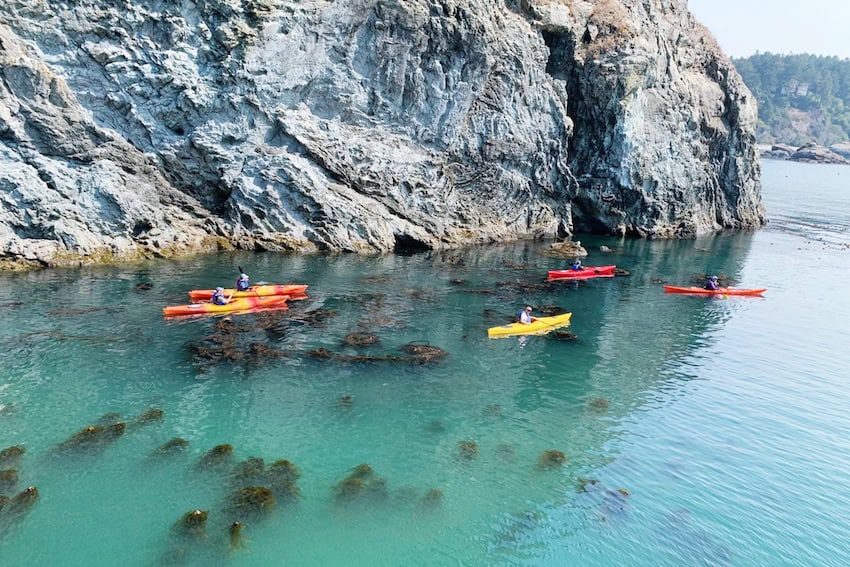
Barry is now 82, and I’m 73. Our lifestyle still works — but for how long? Guanajuato, with its steep callejones, or alleyways, is not really elder-friendly. I figured we weren’t the only people with these questions, so I asked other part-timers how they perceived the pluses and minuses of this lifestyle.
The advantages of two places
Richard and Reggie have lived in their Seattle home for 39 years, and despite the city’s many changes, they love it. But they’re glad to be in Guanajuato during Seattle’s long, dark, wet winters.
“Color, culture, weather, the kindness of people,” says Richard. “I see more kids on the street in a week than I see in a year in Seattle… God forbid they should be on the streets without guardians.”
Meanwhile, in Guanajuato they rent — like Barry and me, owning one home is enough for them — and have a great social circle.
“I choose part-time living in San Miguel [de Allende] because we also love our Northern California home, where our five acres provide us with the outdoor work we love as gardeners. Plus, our son and granddaughter live next door,” says Susan, a retired realtor who spends about five months a year in San Miguel with her husband, Jack.

Maureen is a consultant who researches the history of local buildings in Long Beach, where she lives. It’s a job that requires face-to-face interactions and combing through physical archives. But she loves Guanajuato, where she spends four to five months a year. A self-described “alley” person, she enjoys exploring the city’s twisty streets.
For her, the pleasure of Guanajuato is that she can enjoy all the best parts of the city without the pull of responsibility.
“I hike more often, read more often, eat simply and live simply in Guanajuato,” she says.
She could do these things in Long Beach, but she doesn’t.
Diane, from Calgary, Alberta, is the person among these respondents who is the most immersed in Mexican culture. She rents a house in an improbable area, a working-class neighborhood in the city of León, Guanajuato, in the neighborhood where her “wonderful, caring extended Mexican family” lives.
“They adopted me almost 20 years ago,” she says. “I feel thankful that I’ve had the chance to be a part of their lives for all this time.”
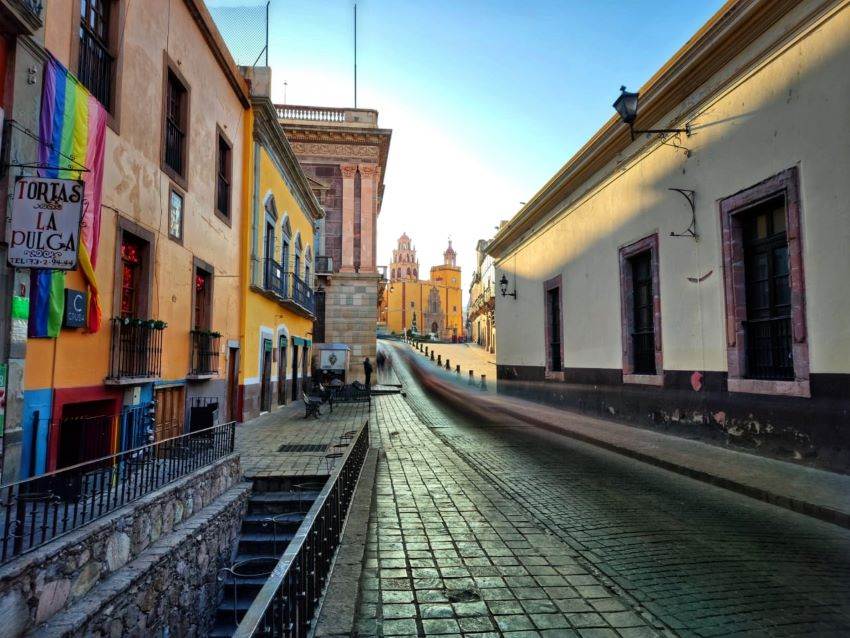
“I have the best of both worlds,” says Martine, a part-time Guanajuato resident from Vancouver. ”I love the nature, wildlife, and the ocean in [British Columbia]. But I also love the sun in Mexico because I have SAD [Seasonal Affective Disorder] during the Canadian winters.”
The disadvantages
For people who rent one or both homes when they’re not using them, a big minus is the hassle of putting their personal belongings away whenever they leave.
Such is the case with Spike, a retired audio equipment designer, and his wife, Jacquie. Because they split their time between Bend, Oregon, and Guanajuato, another issue they deal with is the exhausting journey back and forth.
“It takes 12 to 14 hours door to door,” he says. “Plus, we take our cat with us, and she clearly does not enjoy the trips.”
For Martine, cost is an issue.
“It’s expensive to fly back and forth with two dogs all the way to Vancouver and start from scratch every six months,” she says.
Another dilemma is that she’s still taking care of her mom in Quebec, and she’s very close to her daughter in Victoria.
One of the minuses for Vivian and Jeff, who split their time between Guanajuato and Bellingham, Washington, is that they miss out on the potential to volunteer for some of the organizations that do good work in Guanajuato.
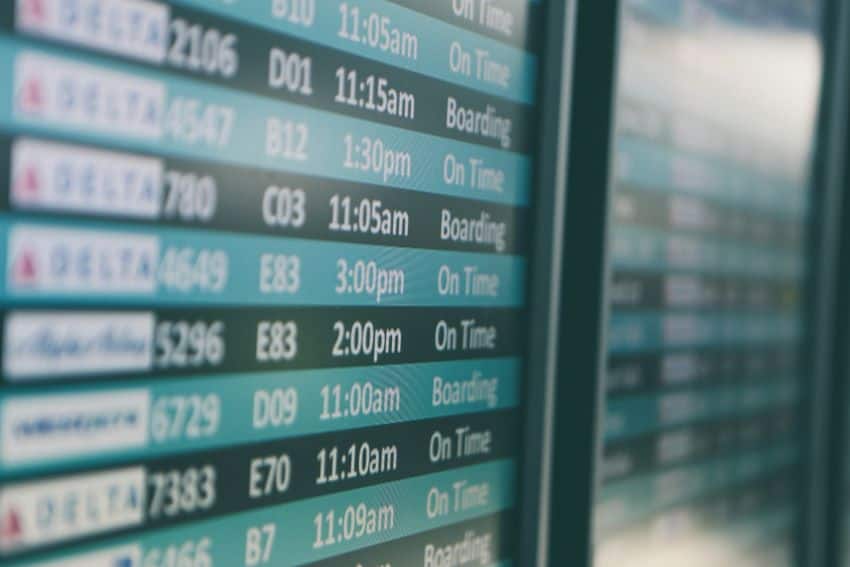
Part-time to full-time
A few folks have made the leap from part-time to full-time. Rachel, who moved to Guanajuato from Vancouver, loves not owning a car.
“Daily walking as a lifestyle is freedom, and the over 340 stairs on our street help keep my legs strong and able.”
On the other hand, she misses the ocean, theater and, especially, the long-term friendships.
“There is something irreplaceable about close friendships that have lasted more than three or four decades, she says. “I had no idea I would miss my friends so much.”
Lee, from upstate New York, also misses her friends, along with her children, granddaughter, canoeing on the Hudson and biking in the lovely countryside, but “I don’t miss the cold or the high cost of living.”
She has no regrets.
“I love studying Spanish and am part of a Tai Chi community,” she says.” Lee also appreciates the opportunity to contribute. “For seven-and-a-half years, I edited a literary journal and am the mentor of a wonderful, intelligent college student as well.”
We’re not getting any younger
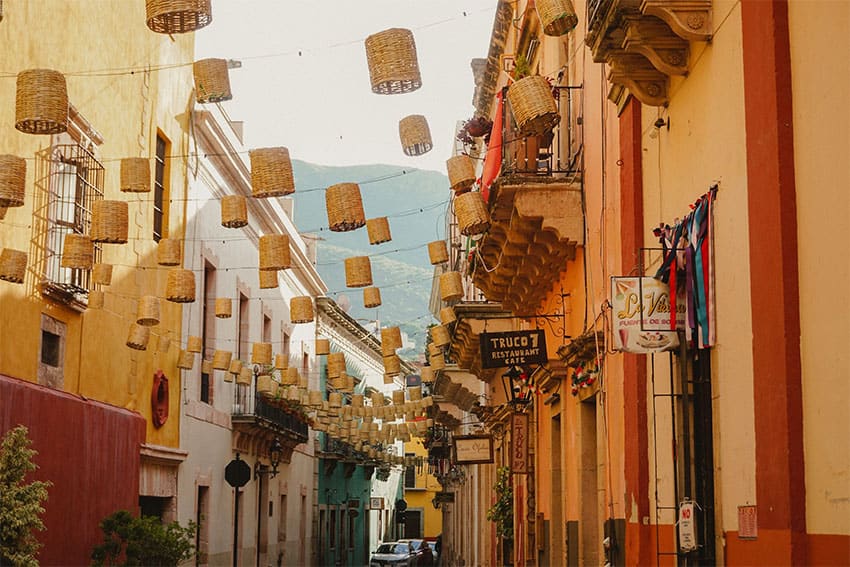
Then there’s the question of aging.
Lee chuckles. “I’m 87, so I’m already an elder.”
“We expect we’ll stay in Bend full-time when we start to age out, because it’s a better place to be decrepit in and is better suited for possible eventual mobility issues,” Spike says. “Of the two locales, our place in Bend will be more comfortable when we’re older.”
Jack, Susan’s husband, isn’t so sure about the back-and-forth lifestyle.
“For now, splitting our time is good, but as we inch towards our 80s, what we do will depend upon our health and healthcare.”
He thinks they may move to Mexico full-time to access less expensive elder care, pointing out that there is a good, affordable retirement home near San Miguel.
The U.S. political climate
Several residents mentioned the political climate in the U.S. as a reason to permanently move to Mexico.

“We’re leaving our options open,” Jack says. “With the ugly changes in our country, we’re adopting a wait-and-see attitude.”
As for me, I’m not sure I’m any clearer about my decision than I was before. But as Barry says, things are changing so rapidly — technology, politics, demographics, healthcare — that it’s impossible to predict what life will be like even 10 years from now.
For now, Guanajuato is a great place to be active and maintain a healthy lifestyle, and that’s good enough for me.
Louisa Rogers and her husband Barry Evans divide their lives between Guanajuato and Eureka, on California’s North Coast. Louisa writes articles and essays about expat life, Mexico, travel, physical and psychological health, retirement and spirituality. Her recent articles are on her website, https://authory.com/LouisaRogers
